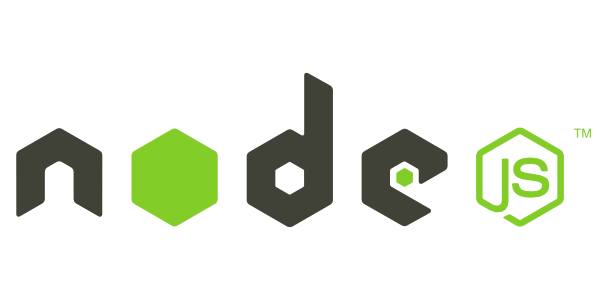NodeJS v7.0.0 has been released and we have finally moved on from the v6. I don’t think there are a ton of “major” changes here but I’m hoping v7 will become the defacto LTS version going forward. The updates for V8 are also promising and hopefully have some performance improvements. Here are the notable changes:
Buffer
- Passing invalid input to Buffer.byteLength will now throw an error #8946.
- Calling Buffer without new is now deprecated and will emit a process warning #8169.
- Passing a negative number to allocUnsafe will now throw an error #7079.
Child Process
- The fork and execFile methods now have stronger argument validation #7399.
Cluster
- The worker.suicide method is deprecated and will emit a process warning #3747.
Deps
- V8 has been updated to 5.4.500.36 #8317, #8852, #9253.
- NODE_MODULE_VERSION has been updated to 51 #8808.
File System
- A process warning is emitted if a callback is not passed to async file system methods #7897.
Intl
- Intl.v8BreakIterator constructor has been deprecated and will emit a process warning #8908.
Promises
- Unhandled Promise rejections have been deprecated and will emit a process warning #8217.
Punycode
- The
punycodemodule has been deprecated #7941.
URL
- An Experimental WHATWG URL Parser has been introduced #7448.
You can take a look at what the HackerNews community is saying about the latest release here.







